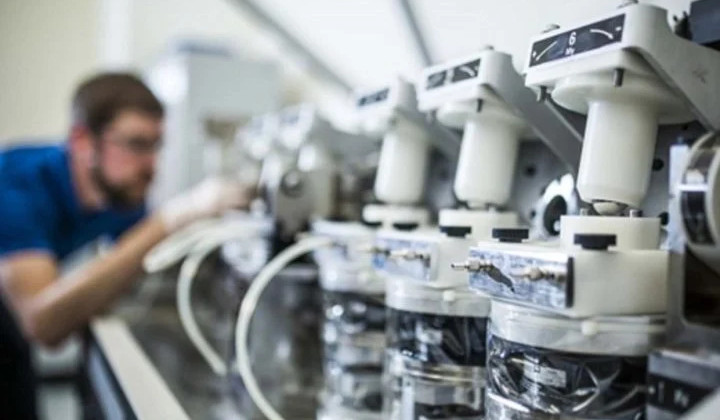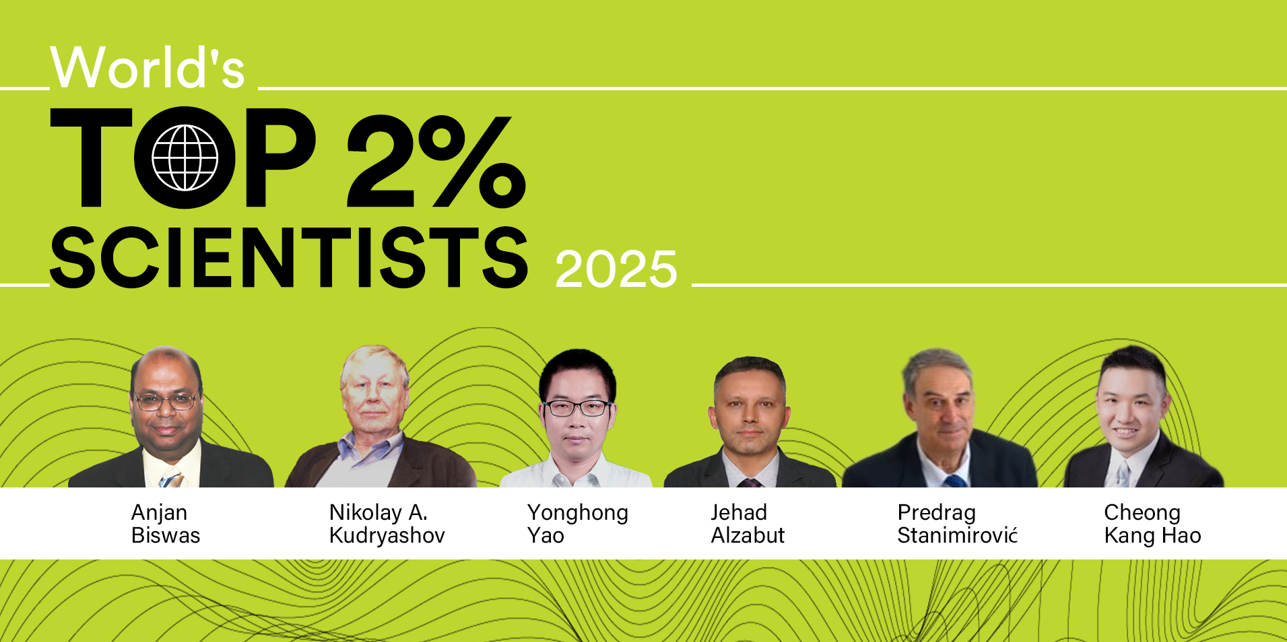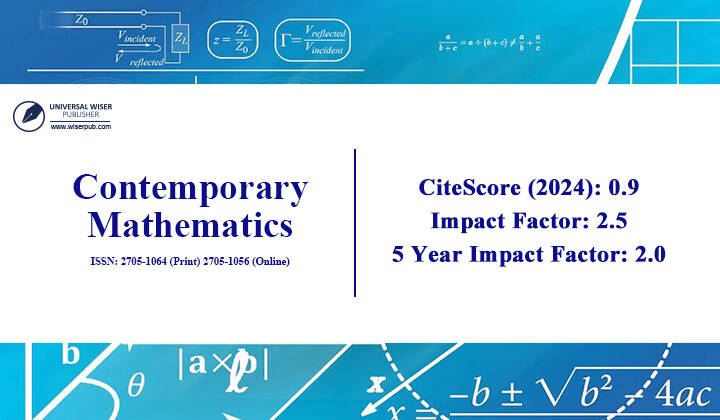


Advancements within the healthcare sector are fueled by data. Hospitals, healthcare providers, insurance agencies, and researchers around the world depend on this data.
However, the task of gathering essential data can be monumental for anyone within the healthcare system, primarily due to one basic element: being human.
How AI and big data can be used in healthcare
The field of medicine changes with every new disease, cure, or symptom observed. The COVID-19 pandemic has revealed a lot of ways the healthcare system was not prepared to handle such a catastrophe.
A huge reason for this change has been due to technology which has enabled the quick turnaround of vaccine development and effective treatments.
Using machine learning and artificial intelligence (AI) large volumes of data were successfully analyzed for patterns. These were then weaved into existing knowledge and helped further research.
What if SARS-CoV-2 evolved into a more potent strain and we didn’t have the technology to track or study it effectively? We would have probably lost more lives in the time it would have taken to transfer and comprehend the data.
COVID-19 is also a great example of how big data technology will evolve. There has been a lot to understand during the pandemic in terms of research outcomes, the variety of treatment, deficiencies of medical infrastructure, and the virus itself.
Big data processing during the pandemic has helped immensely in shortening the reaction time we would have expected without our current technological infrastructure.
Predicting outcomes to cure diseases
At the outset of the pandemic, predictive analysis of a virus thriving in the city of Wuhan, China, helped to assess how the virus could possibly spread throughout the rest of the world.
While it was still difficult to completely understand the viral potential, by analyzing big data it was possible to know that an epidemic would result.
Throughout the pandemic, this predictive analysis helped forecast second waves in several countries. The impact could also be assessed by understanding data points such as healthcare infrastructure and population density.
This feat was not possible a few decades ago.
Today, the AI technological models are continually perfecting themselves to predict how diseases can potentially devastate specific areas.
These models are also being used to understand how chronic diseases can evolve. Often termed precision medicine, this advancement has provided tailored medical management for people with chronic diseases based on individual factors such as genes, lifestyle, and the immediate environment.
AI is also being used to screen for diseases through imaging techniques. Often human error can overlook the tiniest of changes within CT or MRI scans. The collection of data over time, from across the globe, can help eliminate these errors.
It also helps to reach a diagnosis faster, reducing the time and energy it would have originally required.
With the assistance of AI and big data, a lot of the resources can now be channeled into innovation to cure diseases and effectively treat them.
AI and big data are evolving medicine
There are several inefficiencies within the healthcare system that technology aims to tackle. One is the appropriate allocation of personnel and resources to help save time and resources. This also makes healthcare, which is a basic human right, available to all.
Automation in manufacturing enables more precision in the outcomes for products, devices, and medications, eliminating the possibility for errors observed with the manual process.
These baseline technologies also increase the scope of combining technologies such as robotics and telemedicine, which can enable dispensing of healthcare even in remote locations.
This pandemic has also accelerated innovation in the field of healthtech, requiring more alliances to be formed across the globe. This means systems have had to process big data in the short time it has taken for the virus to spread globally.
The future of medicine looks to technology to bridge the gaps that were revealed by the pandemic. Healthcare protocols, efficiency in drug developments, increased security tools, and overall convenience are expected to be at the forefront of future innovation.
Nanomedicine, smarter health trackers, and having your lab on a chip are some next-decade technologies that are currently underway. Perfecting this technology can also help with personalizing care, which is a primary concern for anyone visiting a healthcare provider.
Conclusion
Technology eliminates the one-size-fits-all approach that is present within our healthcare system. It combines the care the system was initially developed to give, with the personalized treatment required to manage disease.
Technological advances also aim to reduce the global disease burden. With smart devices at almost every fingertip, technology is slowly enabling more ownership of one’s health and a proactive approach to the future of medicine.
Source: https://www.technology.org/2021/12/15/how-healthcare-is-using-big-data-and-ai-to-help-cure-disease/

Scheduled Server Maintenance and System Downtime Notice Dec 16, 2025

Celebrating CM Editorial Board Members Recognized in the Wor... Oct 10, 2025

Food Science and Engineering Now Indexed in CAS Database Aug 20, 2025

Contemporary Mathematics Achieves Significant Milestone in 2... Jun 19, 2025

Three Journals under Universal Wiser Publisher are Newly Ind... Apr 21, 2025